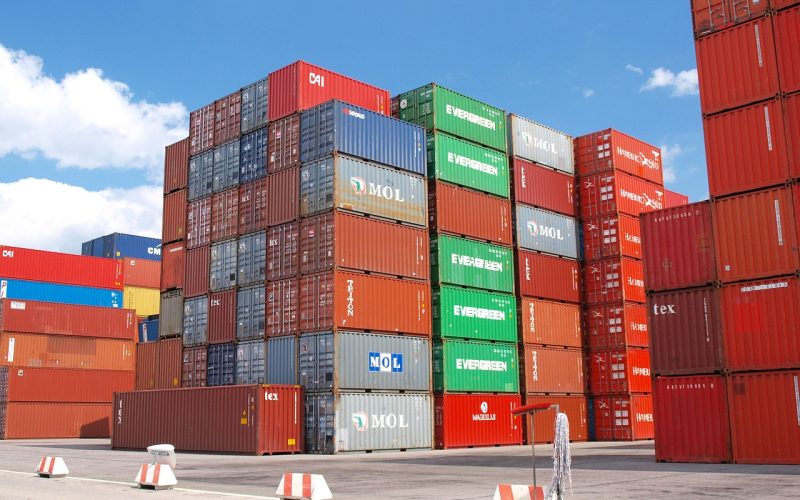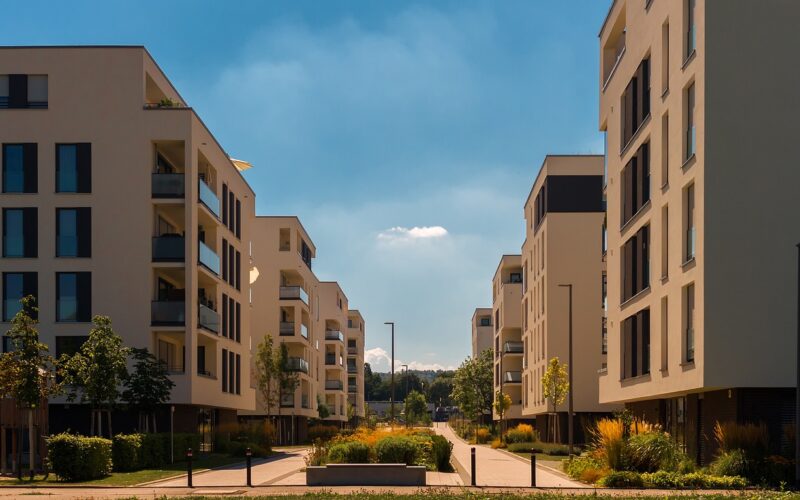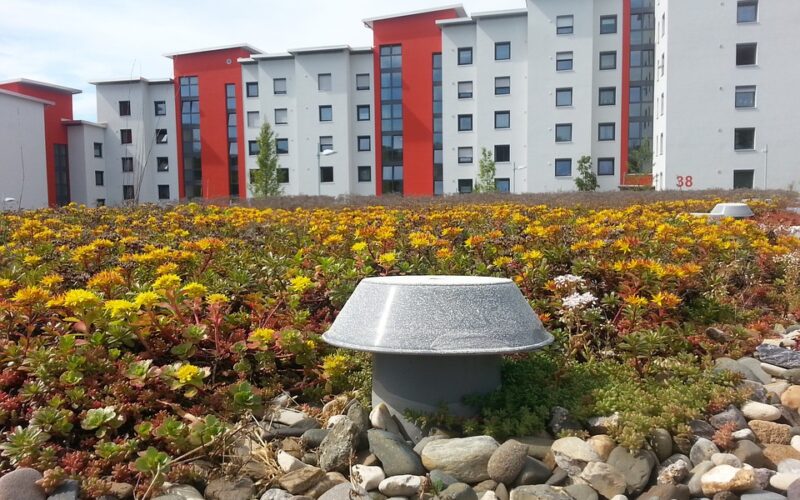Shipping Containers For Building Homes
In recent years, the trend of using shipping containers as building materials for homes has gained significant traction. Once relegated to the realm of experimental architecture, container homes have moved into the mainstream, offering a sustainable and cost-effective alternative to traditional housing. This trend reflects a growing interest in eco-friendly living solutions and innovative design approaches.
The appeal of container homes
One of the primary reasons for the rise in popularity of container homes is their affordability. With traditional housing prices soaring, many individuals are looking for more economical options. Shipping containers provide a structurally sound and ready-made framework for building at a fraction of the cost of conventional construction. The standardisation of container dimensions also makes modular design easier, which can further reduce building expenses.
Beyond cost, container homes offer a unique aesthetic that appeals to those interested in modern, industrial design. The steel structure of a shipping container provides a sleek, minimalist look that is both striking and functional. Many designers are drawn to the challenge of transforming these utilitarian boxes into warm, inviting living spaces, demonstrating the versatility and creative potential of container-based architecture.
Sustainability and environmental impact
Another factor contributing to the rise of container homes is their sustainability. Reusing shipping containers reduces the demand for new building materials, lessening the environmental impact associated with traditional home construction. Additionally, many container home builders emphasize the use of eco-friendly insulation and energy-efficient systems, further enhancing the green credentials of these dwellings.
The abundance of unused shipping containers worldwide also plays a role in their appeal. With the globalisation of trade, there is a surplus of empty containers that can be repurposed for housing, helping to reduce waste while providing a sustainable housing solution. By tapping into this resource, container homes contribute to a circular economy, where materials are reused and recycled rather than discarded.
Design and flexibility
The design flexibility of shipping containers is another significant benefit that encourages their use in home construction. Containers can be stacked and arranged in various configurations, allowing for innovative layouts and creative designs. This adaptability means that container homes can be tailored to fit a wide range of preferences and needs, from compact urban studios to expansive multi-container residences.
Additionally, containers are inherently mobile, making them an attractive option for those seeking portable or temporary housing solutions. This mobility is ideal for individuals who frequently relocate or for developers looking to establish temporary housing in remote areas or construction sites. The modular nature of containers also permits easy expansion or reconfiguration of the living space as needs change over time.
Challenges and considerations
Despite their many benefits, building with shipping containers does come with challenges. One of the primary concerns is ensuring proper insulation and ventilation. Containers are made of steel, which can lead to issues with temperature regulation and condensation if not addressed properly. Builders must take care to implement effective insulation and ventilation systems to maintain a comfortable and healthy living environment.
Zoning laws and building regulations can also pose challenges for those interested in container homes. Not all areas permit container-based construction, and obtaining the necessary permits and approvals can be a complex process. Prospective container homeowners must research local regulations and ensure compliance to avoid potential legal issues.
The future of container homes
Looking ahead, it seems likely that the use of shipping containers for housing will continue to grow. As more people become aware of the environmental and economic benefits of container homes, demand is expected to increase, potentially leading to further innovation in design and construction techniques. With continued advancements in building technology and sustainable practices, container homes may become a more prominent fixture in the housing market.
The rise of empty shipping containers as a building material for homes represents a fascinating convergence of sustainability, affordability, and design innovation. While challenges remain, the potential for container-based housing to provide accessible and eco-friendly living solutions is significant. As interest grows and more projects come to fruition, container homes may well redefine what it means to live sustainably in the 21st century.

























